|
New students wanting to learn how to paint are faced with deciding which medium to choose to paint with. This can be really confusing, so I want to give you a synopsis of the differences between the three types of paints most commonly used - acrylic paint, watercolour paint and oil paint. All paint is made of two things - pigment (the colour - a dry powder) and a binder (this is what holds the dry pigment together and let's you apply it on a support like paper, canvas, wood etc.). The three paints we are discussing use different binders - so each type of paint will dry differently, move differently across the paper or canvas, create different transparencies, and reflect colour differently. It is the type of binder used in each type of paint that makes the paint handle in these different ways. An artist is able to do different things which each type of paint and paint quite different paintings depending on his or her choice of medium. Certain painting techniques work better with certain paints and, certainly, an oil painting does not look like a watercolour. However, every paint produces extraordinary work and the choice will depend mostly on your personality, and your style of art. If you can, try all three paint mediums before you invest heavily in one type of paint. Everybody is different and your personality will likely respond more to one type of paint more that another. If you can't find classes in your area to do that, start with a limited colour palette first - just a few tubes of colour and a couple of brushes to try each medium. Here are some pros and cons of each type of paint to help you choose what to begin with. But seriously, they are all amazing, every medium creates beautiful art. (The photos provided of each medium do not speak to the range that each medium can achieve, but I have tried to select pieces that represent the medium and well-known artists that worked in each specific paint type.)
For inspiration and to see what acrylic paint can do visit the National Acrylic Painter's Association http://www.napauk.com/artists.htm
A Wreck, Possibly Related to 'Longships Lighthouse, Land's End' c.1834 - Tate Museum Joseph Mallord William Turner 338 x 491 mm - Watercolour on Paper
For inspiration and to see what watercolour paint can do visit the Royal Watercolour Society https://www.royalwatercoloursociety.co.uk/artists/
For inspiration and to see what oil paint can do visit the Royal Institute of Oil Painters http://theroi.co.uk/roi-members/
7 Comments
|
Kate GreenArtist and Art Instructor living in Ottawa, Canada. ArchivesCategories
All
|
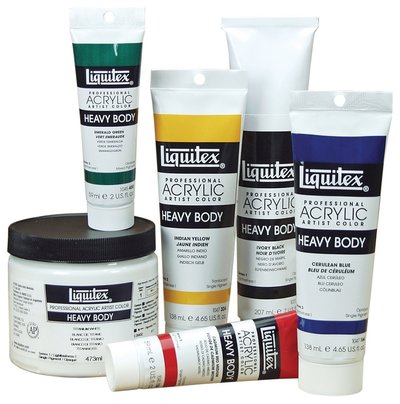
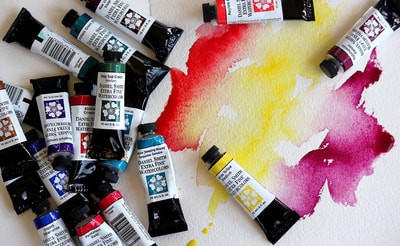
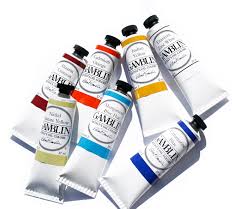
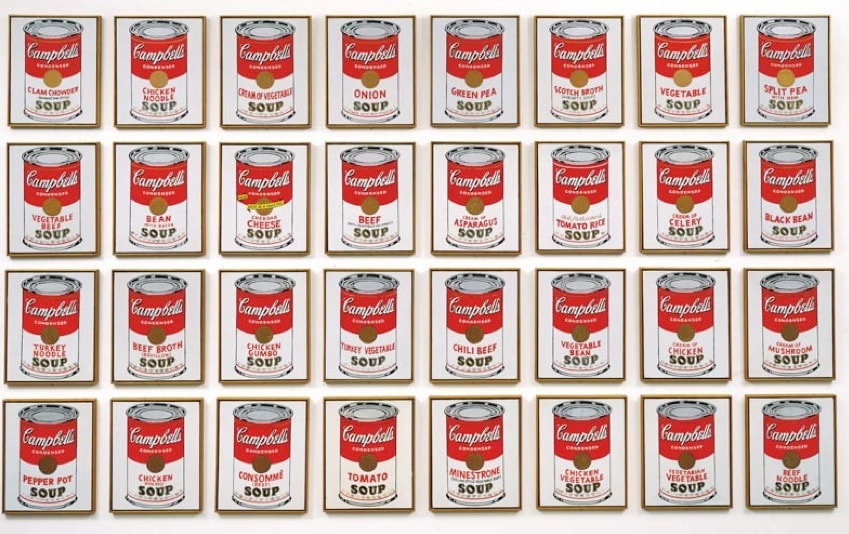
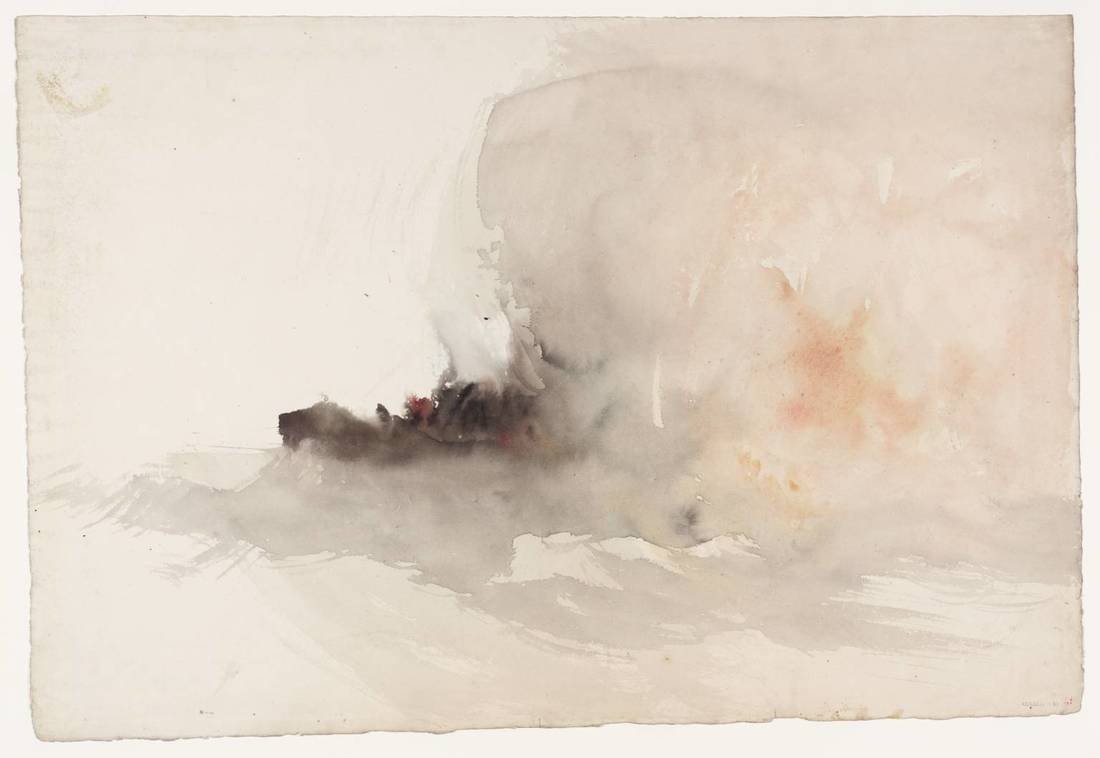
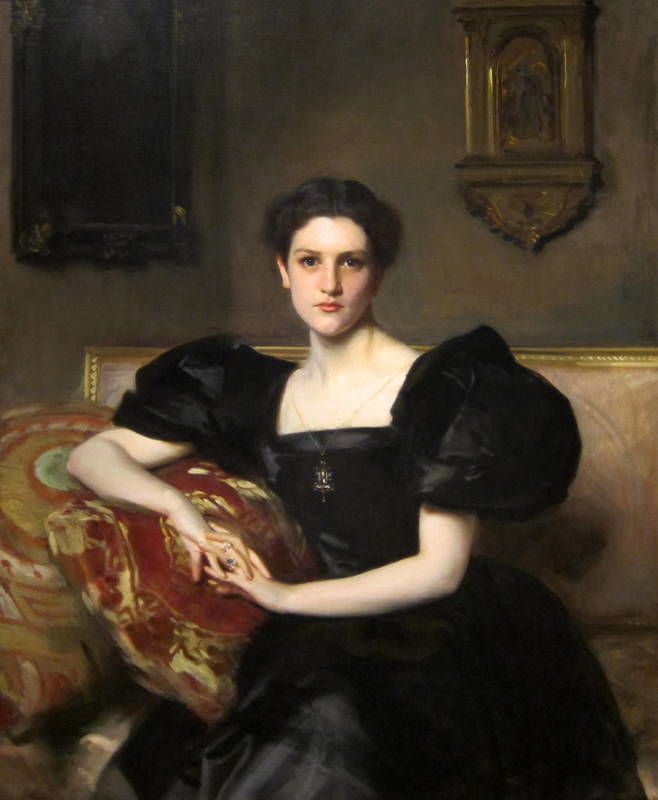
 RSS Feed
RSS Feed